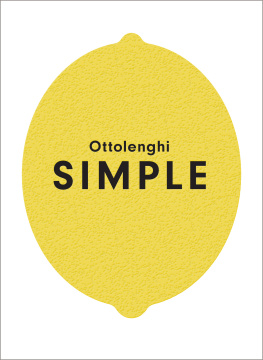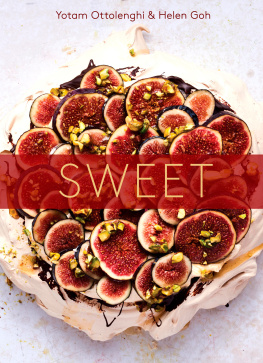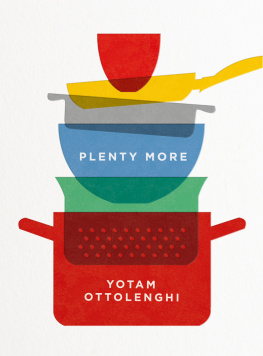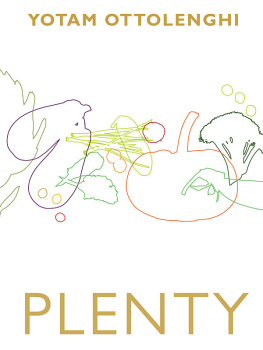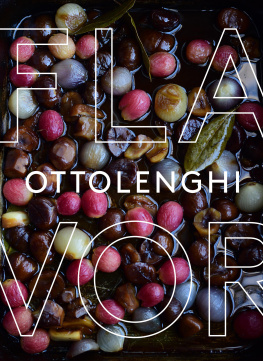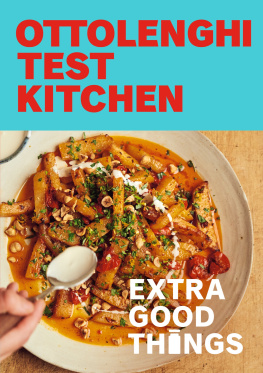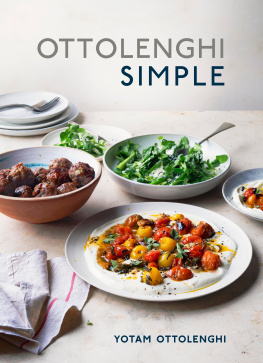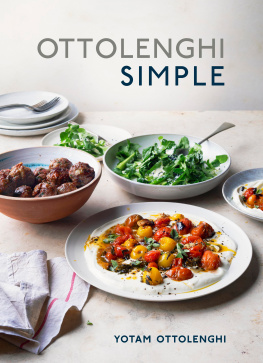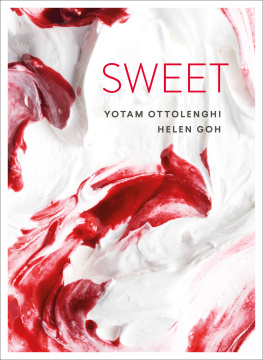
Contents
About the Book
Everything you love about Ottolenghi, made simple.
Yotam Ottolenghis award-winning recipes are always a celebration: an unforgettable combination of abundance, taste and surprise. Ottolenghi SIMPLE is no different, with 130 brand-new dishes that contain all the inventive elements and flavour combinations that Ottolenghi is loved for, but with minimal hassle for maximum joy.
Bursting with colourful photography, Ottolenghi SIMPLE showcases Yotams standout dishes that will suit whatever type of cooking you find easy whether thats getting wonderful food on the table in under 30 minutes, using just one pot to make a delicious meal, or a flavoursome dish that can be prepared ahead and then served when youre ready.
These brilliant, flavour-forward dishes are all SIMPLE in at least one (but very often more than one) way:
S short on time: less than 30 minutes
I 10 ingredients or less
M make ahead
P pantry
L lazy
E easier than you think
Ottolenghi SIMPLE is the stunning new cookbook we have all been wishing for: Yotam Ottolenghis vibrant food made easy.
About the Author
Yotam Ottolenghi is a cookery writer and chef-patron of the Ottolenghi delis and NOPI restaurant. He writes a weekly column in The Guardians FEAST magazine and has published seven bestselling cookbooks: PLENTY and PLENTY MORE (his collection of vegetarian recipes); OTTOLENGHI: THE COOKBOOK and JERUSALEM, co-authored with Sami Tamimi; NOPI: THE COOKBOOK with Ramael Scully; and SWEET with Helen Goh. Yotam has made two Mediterranean Feasts series for More 4, along with a BBC4 documentary, Jerusalem on a Plate. www.ottolenghi.co.uk
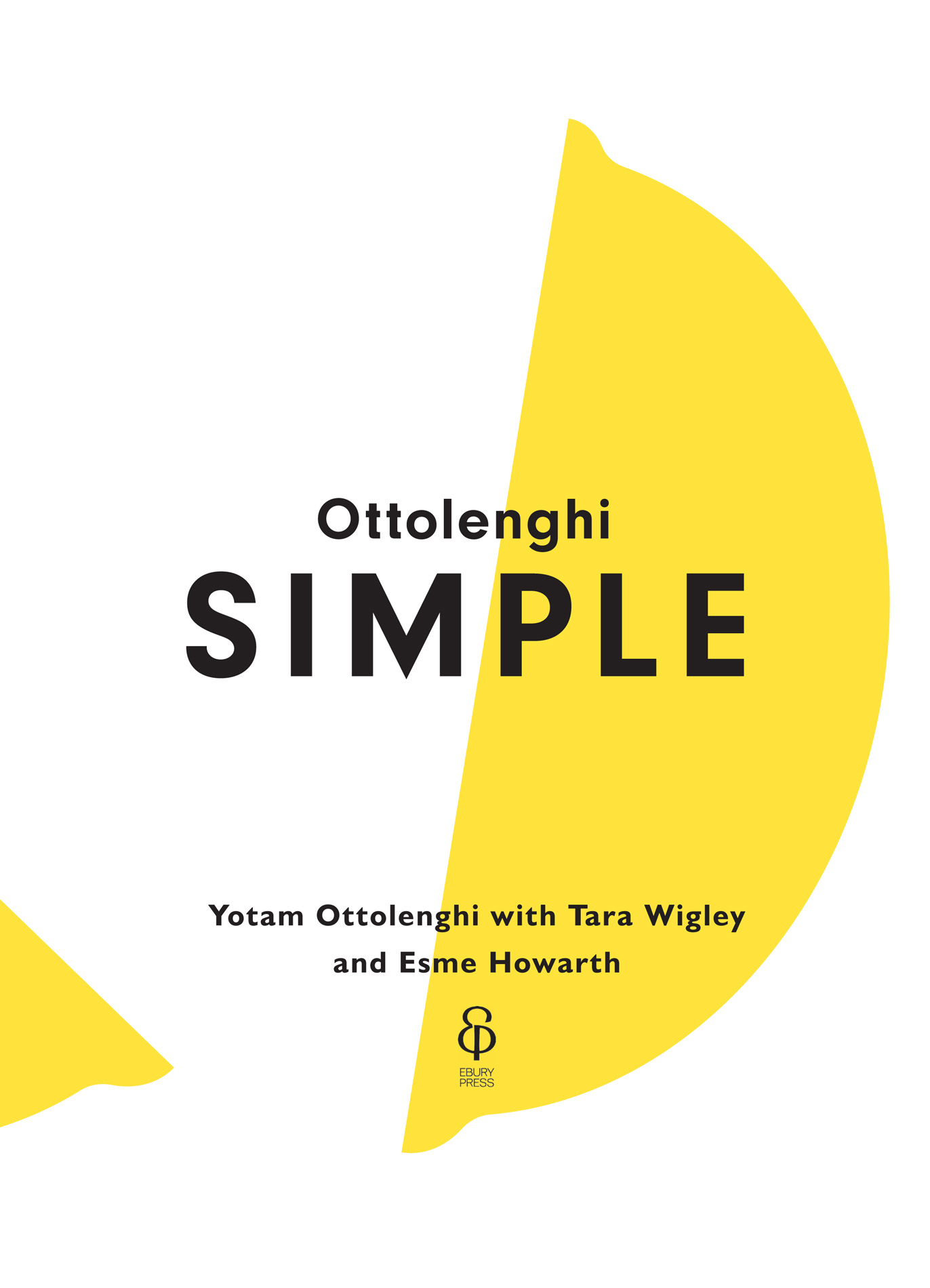
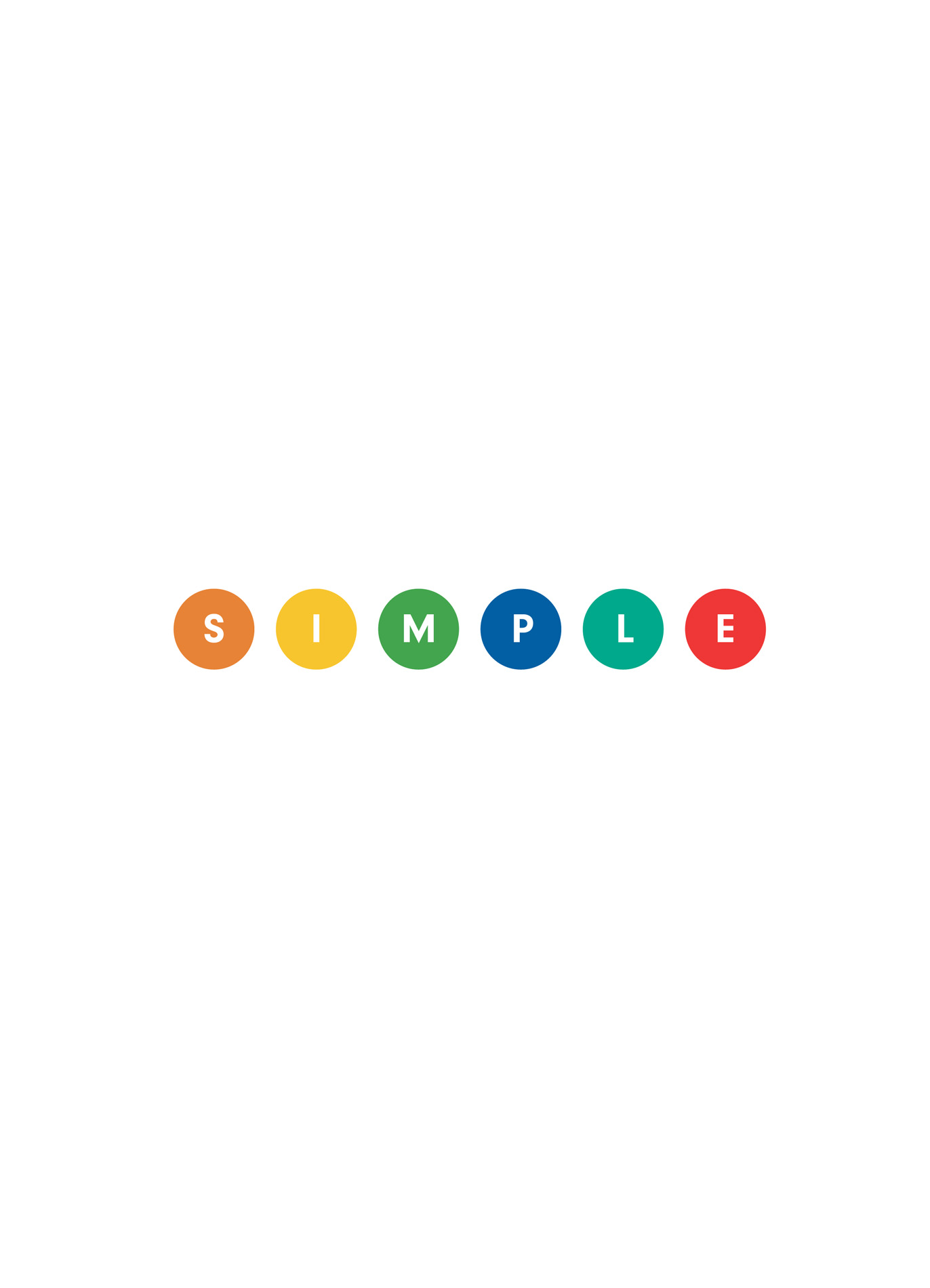
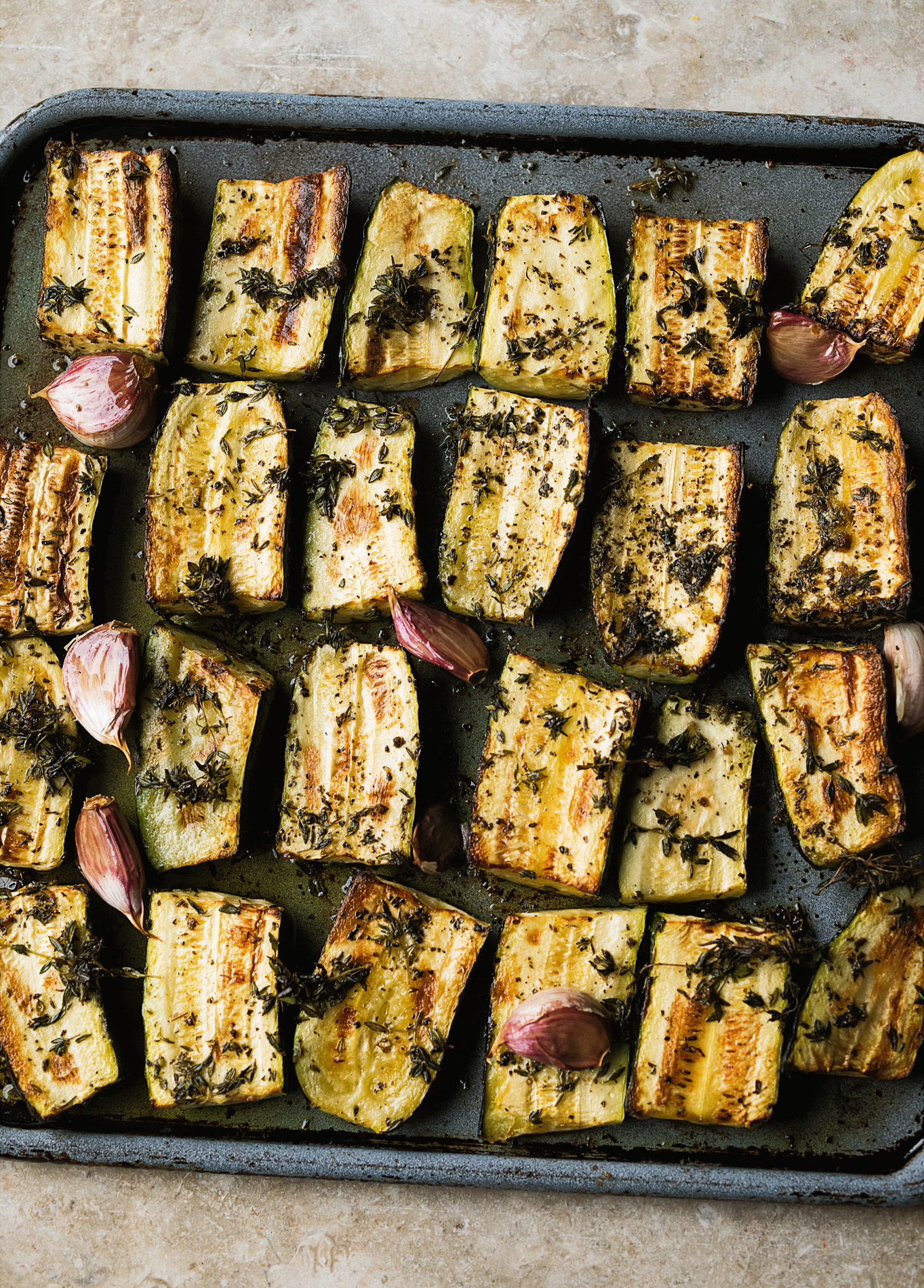

Ottolenghi

There are all sorts of ways to get a meal on the table, depending on the sort of cook you are. One persons idea of cooking simply is the next persons culinary nightmare. For me, for example, its about being able to stop at my greengrocer on the way home, pick up a couple of things which look good and make something within 20 or 30 minutes of getting home. My husband Karl, on the other hand, has a completely different idea of what simple cooking is. If were having friends over on the weekend, hell want to spend a good amount of time beforehand, prepping and cooking as much as he can so that very little needs to be done when our guests are around.
There are other ways, too. Esme, who led on the recipe testing for this book, prefers to be in the garden at the weekend rather than kitchen-bound. Her idea of simple cooking is to put something in the oven on a Saturday morning and leave it simmering away, ready to be eaten four or five hours later. Tara, on the other hand, who led on the writing, cant really relax without knowing that a meal is basically ready a full day before its due to be eaten. Sauces are in the fridge, stews are in the freezer, veggies are blanched or roasted and ready.
Whatever our approach, it all looks effortless and easy when friends and family come to eat in our respective kitchens. This is only because weve worked out the way that suits us to make cooking simple, relaxing and therefore fun. Its different for everyone. This idea, then that theres more than one way to get a meal on the table and that everyone has a different idea of which way is simple is what Ottolenghi SIMPLE is all about.
And, no, for anyone wondering, Ottolenghi SIMPLE is not a contradiction in terms! I know, I know: Ive seen the raised eyebrows, Ive heard the jokes. The one about the reader who thought there was part of a recipe missing as they already had all the ingredients they needed in their cupboard. Or the one about just popping out to the local shop to buy the papers, milk, black garlic and sumac!
I hold up my hands, absolutely. There have been lists to make and ingredients to find but, truthfully, theres not a recipe to my name that I feel sheepish about. Cooking, for me, has always been about abundance, bounty, freshness and surprise. Four big words to expect from a plate of food, so a single sprig of parsley was never, really, going to cut the mustard. The reason Im so excited about Ottolenghi SIMPLE is that its full of recipes which are still distinctly Ottolenghi but are simple in at least one (but very often in more than one) way.
To build on the different definitions of simplicity for different people, Tara devised a clear and practical colour-coded system. The beauty of Taras system is that it allows you, once you've figured out what kind of simple cook you are and for what kind of simple occasion you are cooking, to select the recipes which are right for you. Those bright colours are really there to help you plan meals and then make them, with minimum hassle and maximum joy.

short on time
With your ingredients in the house, your knife sharp, the oven on and the decks clear, these recipes will take less than 30 minutes to get on the table. Noodles and pasta dishes come into their own, with their short cooking time, as does fish, which is so often quick to cook. Meat can be speedy as well, though, with things like lamb patties and chicken schnitzel needing very little time in the pan. Raw vegetable recipes will nearly always be quick to make, as are half the brunch dishes, which is what you want when cooking in the morning.
The short on time recipes are the ones I eat for supper during the week and the recipes I feed friends for brunch on the weekend. Theyre the dishes that can be made so quickly and easily that, sometimes, I end up making five or six at once so that my plans for a simple meal turn, inadvertently, into a big feast.

10 ingredients or less
I thought that imposing a 10 ingredients or less limit to my recipes was going to be a big challenge but it was actually the biggest thrill. The temptation to add layer upon layer of flavour and texture is one I often happily fall for, but knowing that I couldnt do that here was a form of liberation.
The most thrilling thing of all, though, was the achievement of this for so many recipes without ever thinking that a recipe was in any way lacking. I cant see myself becoming a herb apologist in the future green things make me happy! and theres never a dish I regret squeezing lemon over but, absolutely, less can be more and abundance can still be achieved with fewer ingredients.
So what have I left out that might have otherwise been there? One or two different herbs are used instead of three or four, for example. One type of oil or salt or variety of chilli was shown to be enough. Some ready-made spice mixes such as curry powder or Chinese five-spice were a great alternative to grinding and combining a host of individual spices. A dish was bold enough not to need the teaspoon of sugar, clove of garlic or half teaspoon of dried mint or tomato paste I might have otherwise added. Rather than using vinegar and lemon, Id use just one and increase the amount.

